First of all, and to clarify, Xray Cloud and Xray Server/datacenter are different products, with distinct APIs (Xray Server/DC REST API, Xray Cloud REST API). This happens for several reasons, including the fact that Jira Cloud and Jira server are different products with different capabilities.
Having said that, let me share some examples both for Xray server/DC and for Xray Cloud.
Xray server/datacenter
The following code snippet shows how to submit results using HTTP basic auth but also an alternate approach, by using Personal Access Tokens which was something recently added to Jira datacenter and that Xray also supports.
import requests
jira_base_url = "http://192.168.56.102"
jira_username = "admin"
jira_password = "admin"
personal_access_token = "OTE0ODc2NDE2NTgxOnrhigwOreFoyNIA9lXTZaOcgbNY"
# endpoint doc for importing Robot Framework XML reports: https://docs.getxray.app/display/XRAY/Import+Execution+Results+-+REST#ImportExecutionResultsREST-RobotFrameworkXMLresults
params = (('projectKey', 'CALC'),('fixVersion','v1.0'))
files = {'file': ('output.xml', open(r'output.xml', 'rb')),}
# importing results using HTTP basic authentication
# response = requests.post(f'{jira_base_url}/rest/raven/2.0/import/execution/robot', params=params, files=files, auth=(jira_username, jira_password))
# importing results using Personal Access Tokens
headers = {'Authorization': 'Bearer ' + personal_access_token}
response = requests.post(f'{jira_base_url}/rest/raven/1.0/import/execution/robot', params=params, files=files, headers=headers)
print(response.status_code)
print(response.content)
Xray Cloud
import requests
import json
xray_cloud_base_url = "https://xray.cloud.xpand-it.com/api/v2"
client_id = "215FFD69FE4644728C72182E00000000"
client_secret = "1c00f8f22f56a8684d7c18cd6147ce2787d95e4da9f3bfb0af8f02ec00000000"
# endpoint doc for authenticating and obtaining token from Xray Cloud: https://docs.getxray.app/display/XRAYCLOUD/Authentication+-+REST+v2
headers = {'Content-type': 'application/json', 'Accept': 'text/plain'}
auth_data = { "client_id": client_id, "client_secret": client_secret }
response = requests.post(f'{xray_cloud_base_url}/authenticate', data=json.dumps(auth_data), headers=headers)
auth_token = response.json()
print(auth_token)
# endpoint doc for importing Robot Framework XML reports: https://docs.getxray.app/display/XRAYCLOUD/Import+Execution+Results+-+REST+v2#ImportExecutionResultsRESTv2-RobotFrameworkXMLresults
params = (('projectKey', 'BOOK'),('fixVersion','1.0'))
report_content = open(r'output.xml', 'rb')
headers = {'Authorization': 'Bearer ' + auth_token, 'Content-Type': 'application/xml'}
response = requests.post(f'{xray_cloud_base_url}/import/execution/robot', params=params, data=report_content, headers=headers)
print(response.status_code)
print(response.content)
